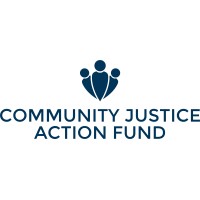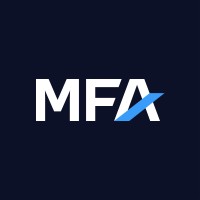
Community Justice Action Fund
Community Justice Action Fund (CJAF) is a national advocacy coalition that promotes and invests in evidence-based policies and programs to prevent gun violence and uplift criminal justice reforms in urban communities of color. We believe we can fill the leadership gap within mainstream advocacy by centering communities of color, and change the face of gun violence prevention. Strategic long-term investments in evidence-based programs and policies that are developed and implemented by communities of color will prevent gun violence and help fix our broken criminal justice system. We believe that to truly free ourselves from trauma, we must reimagine and redefine what safety and security mean for those at the margins of society.






